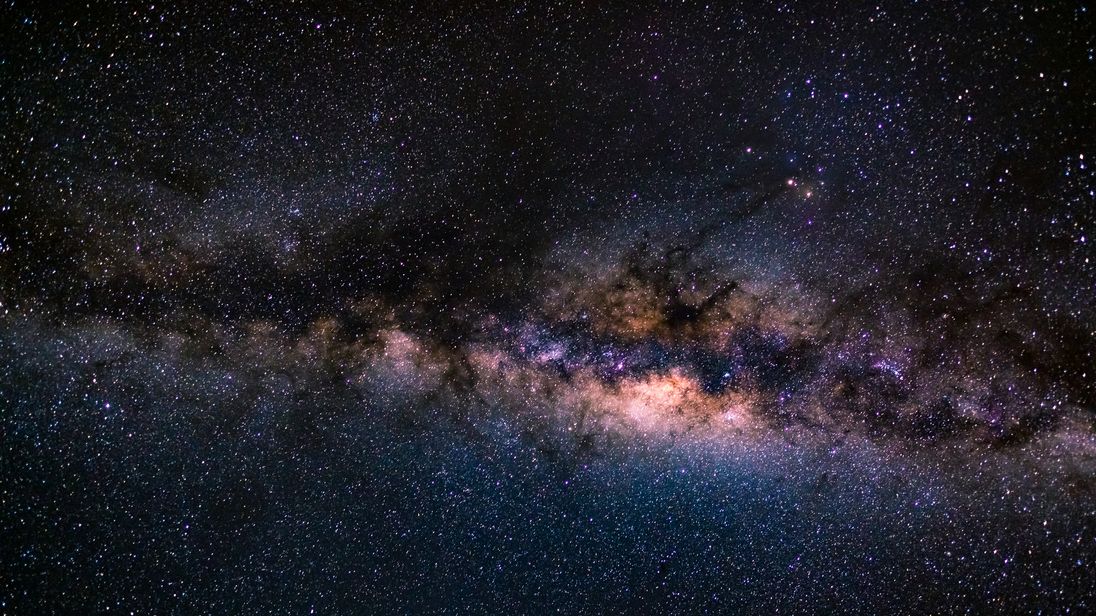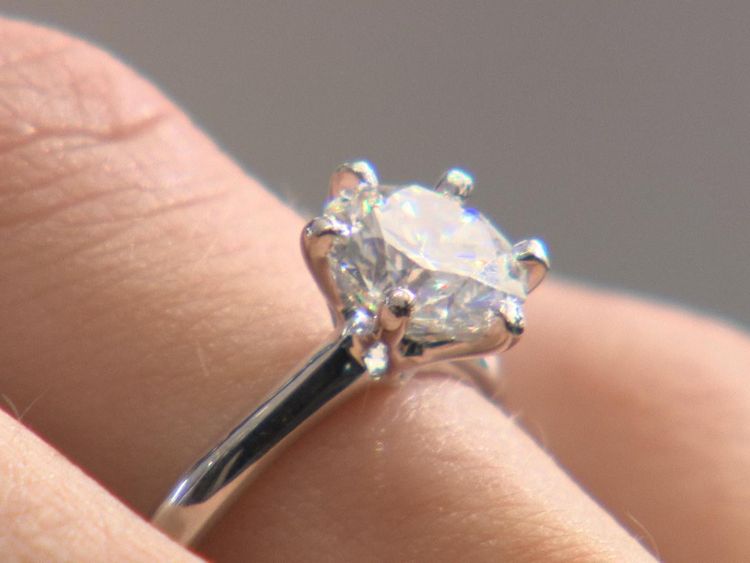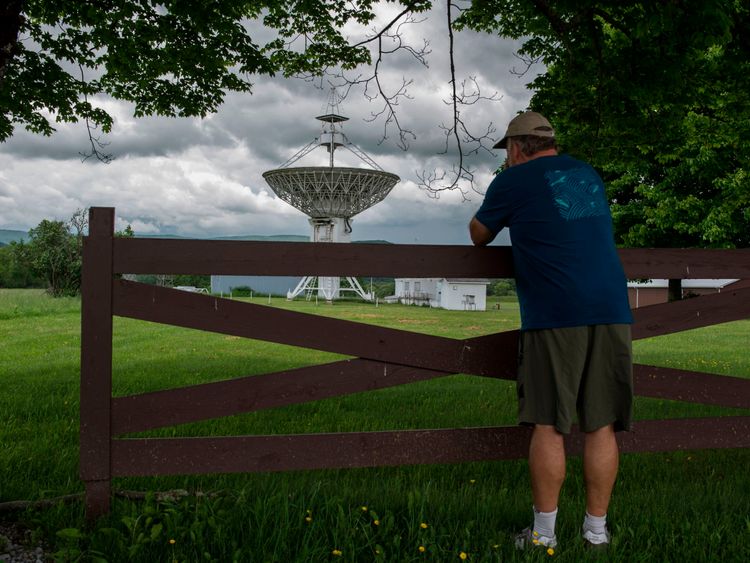
Scientists have discovered the source of a mysterious microwave light emanating from a number of regions across the Milky Way galaxy.
The radiation is known as anomalous microwave emission (AME) and its source was unknown for decades, although it was believed to be caused by "spinning dust".
Now, researchers have confirmed that the light is indeed being released by spinning dust, specifically, rapidly spinning nanodiamonds.
These are articles of compacted carbon that are so small they can't even be seen by ordinary microscopes.
They are found in dense disk-shaped clouds of gas that circle round young stars, called protoplanetary disks.
"Though we know that some type of particle is responsible for this microwave light, its precise source has been a puzzle since it was first detected nearly 20 years ago," said Dr Jane Greaves, an astronomer at Cardiff University and lead author on the paper in Nature Astronomy.
Astronomers had believed that AME was caused by organic, or carbon-based, molecules known as polycyclic aromatic hydrocarbons (PAHs).

PAHs are found throughout interstellar space and emit a distinct if faint infrared light.
Nanodiamonds - particularly hydrogenated nanodiamonds, which contain hydrogen on their surfaces - also naturally emit light in the infrared portion of the spectrum, but at a different wavelength.
The astronomers discovered that the infrared light coming from some protoplanetary disks matched the unique signature of nanodiamonds.
They found that other protoplanetary disks throughout the Milky Way matched the clear infrared signature of PAHs, but showed no signs of the AME light.
It led them to conclude that the disks that emitted AME could not contain PAHs but must contain nanodiamonds.
The observations were made by West Virginia's Green Bank Observatory and another telescope in Australia which homed in on three clear sources of AME light, the protoplanetary disks surrounding three stars called V892 Tau, HD 97048, and MWC 297.
"This is the first clear detection of anomalous microwave emission coming from protoplanetary disks," said Dr David Frayer, a coauthor on the paper and astronomer with the Green Bank Observatory.
Dr Greaves added: "In a Sherlock Holmes-like method of eliminating all other causes, we can confidently say the best candidate capable of producing this microwave glow is the presence of nanodiamonds around these newly formed stars."

According to their observations, the team of astronomers estimate that as much as 2% of all the carbon in protoplanetary disks has gone into forming nanodiamonds.
Nanodiamonds are believed to form when carbon atoms become superheated in the highly energised star-forming regions of space.
The process is similar to how diamonds are produced artificially on Earth.
In astronomical terms, nanodiamonds are particularly special because their structure produces a dipole moment which means they emit radiation when they spin.
Because the nanodiamonds are so small, they can spin exceptionally fast, thus emitting microwave radiation, which is usually measured in the hundreds of billions of oscillations a second.
More from Space
-
NASA solves the mystery of Jupiter's lightning
-
Revealed: Why days on Earth are getting longer
-
Astronauts prepare to leave International Space Station after 2,600 orbits
-
Astronaut Tim Peake reunited with Soyuz space capsule
-
'Space ant' fired laser at Earth, say astronomers
-
NASA astronauts undertake spacewalk to fix space station
"This is a cool and unexpected resolution to the puzzle of anomalous microwave radiation," concluded Dr Greaves. "It's even more interesting that it was obtained by looking at protoplanetary disks, shedding light on the chemical features of early solar systems, including our own."
"It is an exciting result," concluded co-author Dr Anna Scaife from Manchester University. "It's not often you find yourself putting new words to famous tunes, but 'AME in the Sky with Diamonds' seems a thoughtful way of summarising our research."
Original ArticleTechnology
0 comments:
Post a Comment